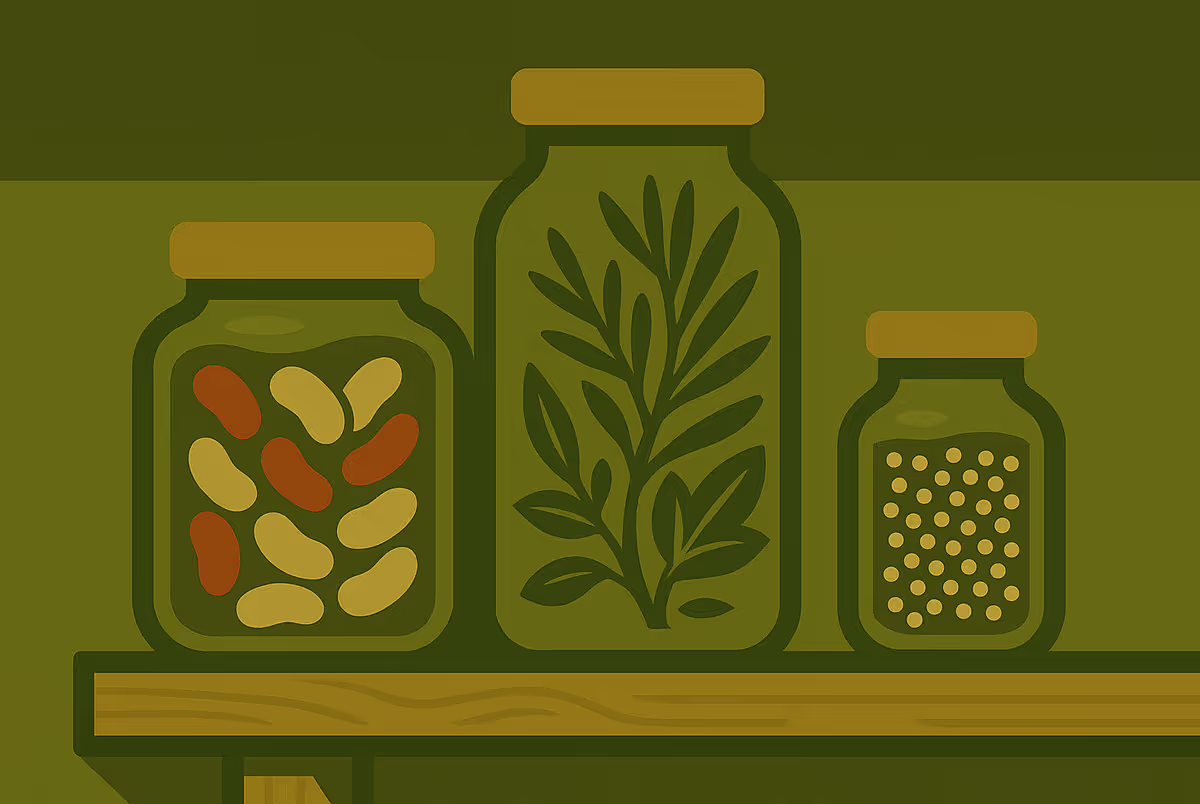Potential Impact
Understanding the potential impacts of Biodiversity in the Cupboard can help anticipate the kinds of changes it may support and plan for how these can be recognised and strengthened over time. Impacts can occur at multiple levels, from individual awareness to broader policy change:
Intrapersonal change takes place within an individual, and involves shifts in knowledge, attitudes, emotions, or skills.
- Heightens consciousness of food choices.
- Increases awareness of biodiversity impact linked to the food system.
- Helps address climate anxiety by shifting from a focus on problems to practical, everyday solutions.
- Encourages critical thinking and curiosity, leading participants to seek out more information on biodiversity and food systems practices.
Interpersonal change occurs between people, who influence and learn from each other through conversation, shared activities, and mutual support.
- Provides opportunity to share insights within social circles, spreading awareness.
- Promotes peer-to-peer learning, as participants exchange knowledge on sustainability, ethical sourcing, and food alternatives.
- Potentially inspires family changes, such as shifting shopping habits, switching to biodiversity-friendly foods, or discussing sustainability at mealtimes.
Community-Level change involves shifts in the practices, norms, or structures of a group, organisation, or place-based network.
- Promotes collective discussions about food sourcing in local networks.
- Potentially encourages faith groups, cultural centres, and social organisations to integrate biodiversity-friendly food discussions into their programming
- Potentially encourages schools and universities to incorporate biodiversity-conscious food discussions into curricula, food service policies, or student engagement activities.
Policy level change happens when decision-making processes, regulations, or public strategies are influenced.
- NGOs and advocacy groups could use the method for policy engagement, helping to influence local and national decision-making on sustainable food systems.
- Local councils may use the game to engage residents in shaping food sustainability policies.
- Could be used to advocate for biodiversity-positive public procurement policies.
Ways to Measure Impact:
For more detailed guidance on measuring change, see the Impact Module. Three techniques that may work well include:
- Immediate feedback: Collect reflections at the end of the session.
- Follow-up surveys or interviews (1-2 months later) to track changes in behaviour.
- Participant testimonials: Gather stories on how the workshop influenced their choices.



















.svg)
